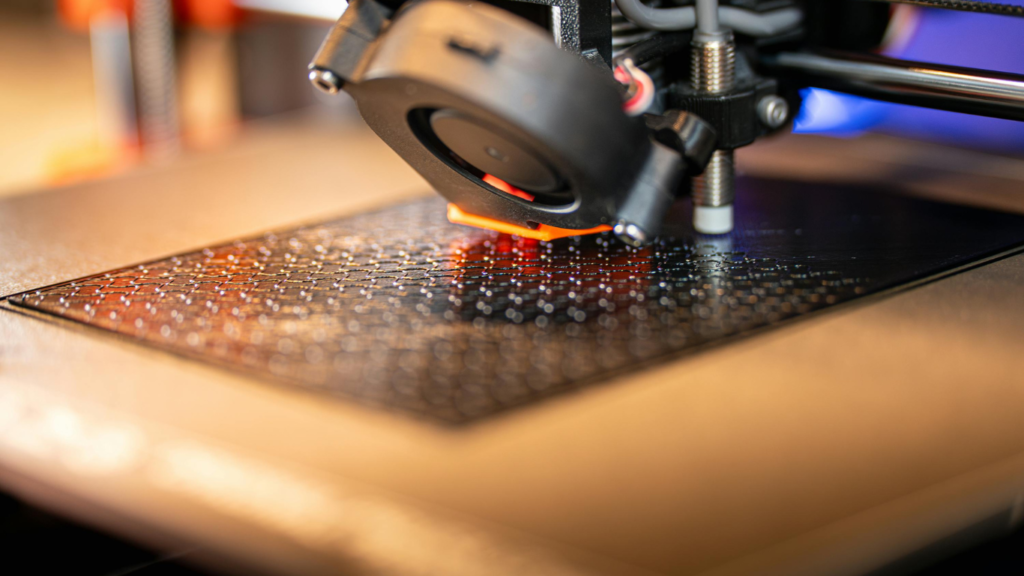
In the ever-evolving world of surveying, design, and construction, the tools and technologies professionals use have a significant impact on the precision and efficiency of their work. One technology that has been steadily gaining recognition for its ability to revolutionise the way we approach measurements and modelling is 3D laser scanning. This cutting-edge method of capturing spatial data is transforming industries ranging from architecture and construction to engineering and heritage preservation. In this blog, we will explore why laser scanning is a game-changer for accurate site surveys, measurements, and digital modelling, pushing beyond the limitations of traditional mapping techniques.
What is 3D Laser Scanning?
3D scanning is a process that uses laser technology to capture precise measurements of physical objects or spaces in the form of 3D digital models. By emitting thousands to millions of laser beams, the scanner records the exact locations of surfaces and features in a space. These points are then compiled to create a highly detailed, accurate 3D model of the scanned environment. This data is invaluable for a range of industries, providing unprecedented levels of precision and detail that traditional surveying methods simply cannot match.
Unlike traditional mapping methods, which often rely on physical measurement tools such as rulers, tape measures, and even GPS technology, 3D scanning offers a non-invasive and faster approach. The scanner can quickly capture all necessary data in a matter of hours, even for large or complex sites, significantly reducing the time and effort needed for traditional surveys.
The Benefits of 3D Laser Scanning for Site Surveys
One of the primary advantages of laser scanning is its ability to provide highly accurate and detailed data. Traditional surveying methods can be prone to errors and may miss critical measurements, especially in large or intricate sites. With laser scanning, the scanner captures every detail, down to the smallest features, ensuring that the resulting model is as precise as possible.
Additionally, laser scanning is a highly efficient method for conducting site surveys. Instead of relying on manual measurements and multiple site visits, a single scan can capture vast amounts of data quickly. This is especially useful for large-scale projects such as construction sites, where accuracy and time are of the essence. The speed of laser scanning means that project timelines can be reduced, and professionals can make informed decisions more rapidly.
Moreover, the ability to scan hard-to-reach or hazardous areas without having to put personnel in potentially dangerous situations is another crucial benefit. In some cases, laser scanning can provide insights into spaces that are difficult or impossible to measure using traditional methods, such as inside machinery, tunnels, or complex building structures.
Transforming Digital Modelling with 3D Laser Scanning
Once the data is captured through laser scanning, it can be processed to create highly detailed digital models. These models are invaluable in a wide range of industries, providing a clear and accurate representation of the physical space or object in question. This is particularly beneficial in architecture and construction, where accurate models are essential for planning and design.
Digital models created from laser scanning can be used to create 2D drawings, 3D visualisations, and even virtual reality experiences, all of which can enhance the design and decision-making processes. Engineers, architects, and designers can work with these models to make informed decisions about the project, improving collaboration between teams and minimising the risk of costly mistakes during the construction phase.
Conclusion:
In conclusion, 3D laser scanning represents a major advancement in the way we capture and analyse data for site surveys, measurements, and digital modelling. Its ability to provide unmatched accuracy, speed, and detail makes it an invaluable tool for professionals in a variety of industries. By moving beyond traditional mapping techniques, laser scanning enables businesses to complete projects more efficiently, with fewer errors, and at a lower cost.
As technology continues to advance, it’s likely that laser scanning will become even more prevalent, offering new applications and capabilities that will further transform the way we approach site surveys, measurements, and design. For professionals looking to stay ahead of the curve, embracing this innovative technology is not just a smart choice—it’s a necessary one for ensuring precision, efficiency, and success in an increasingly competitive landscape.
